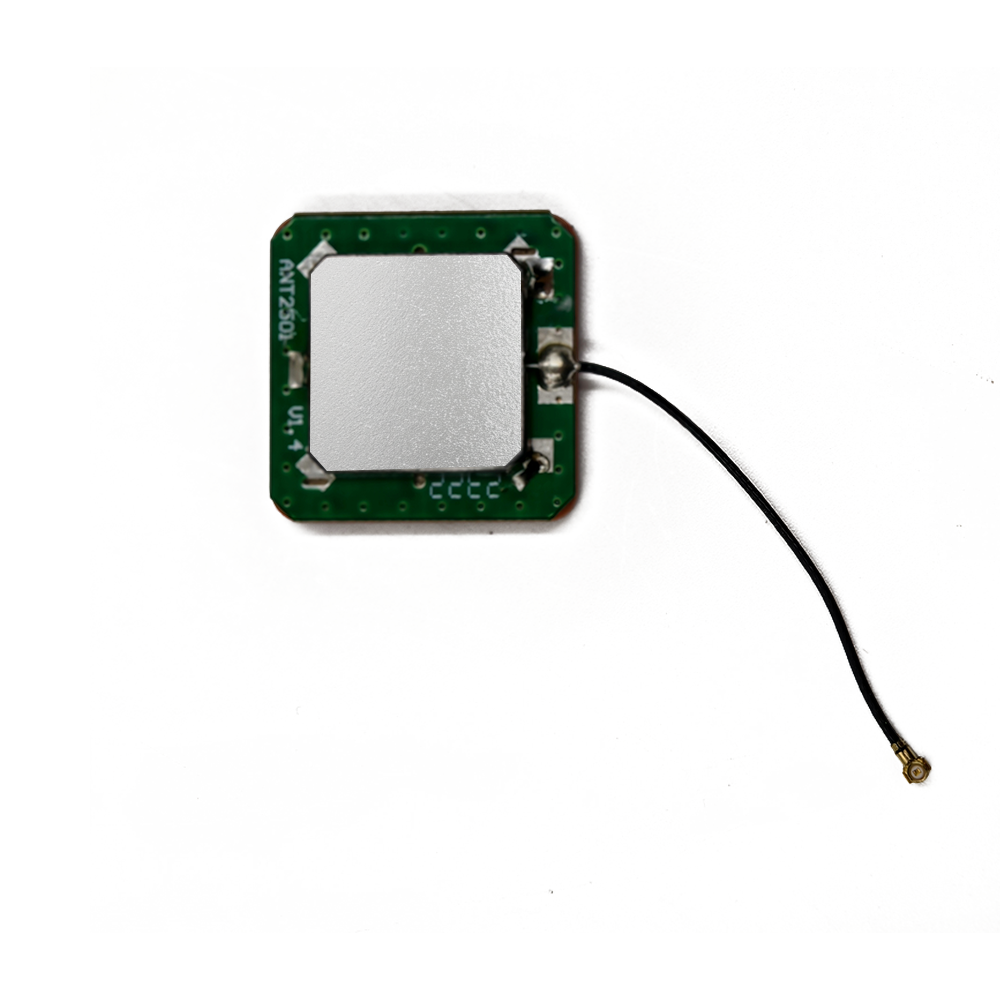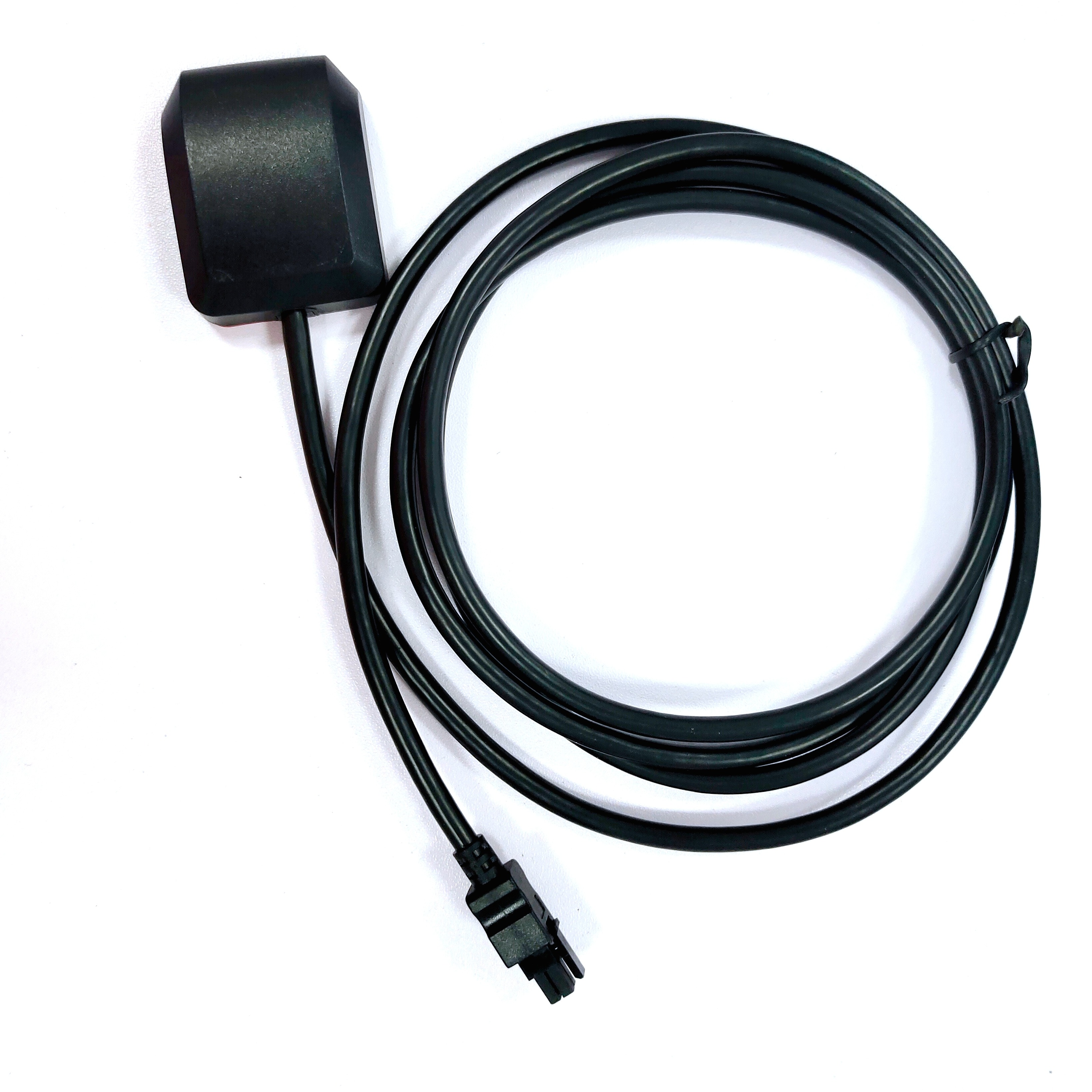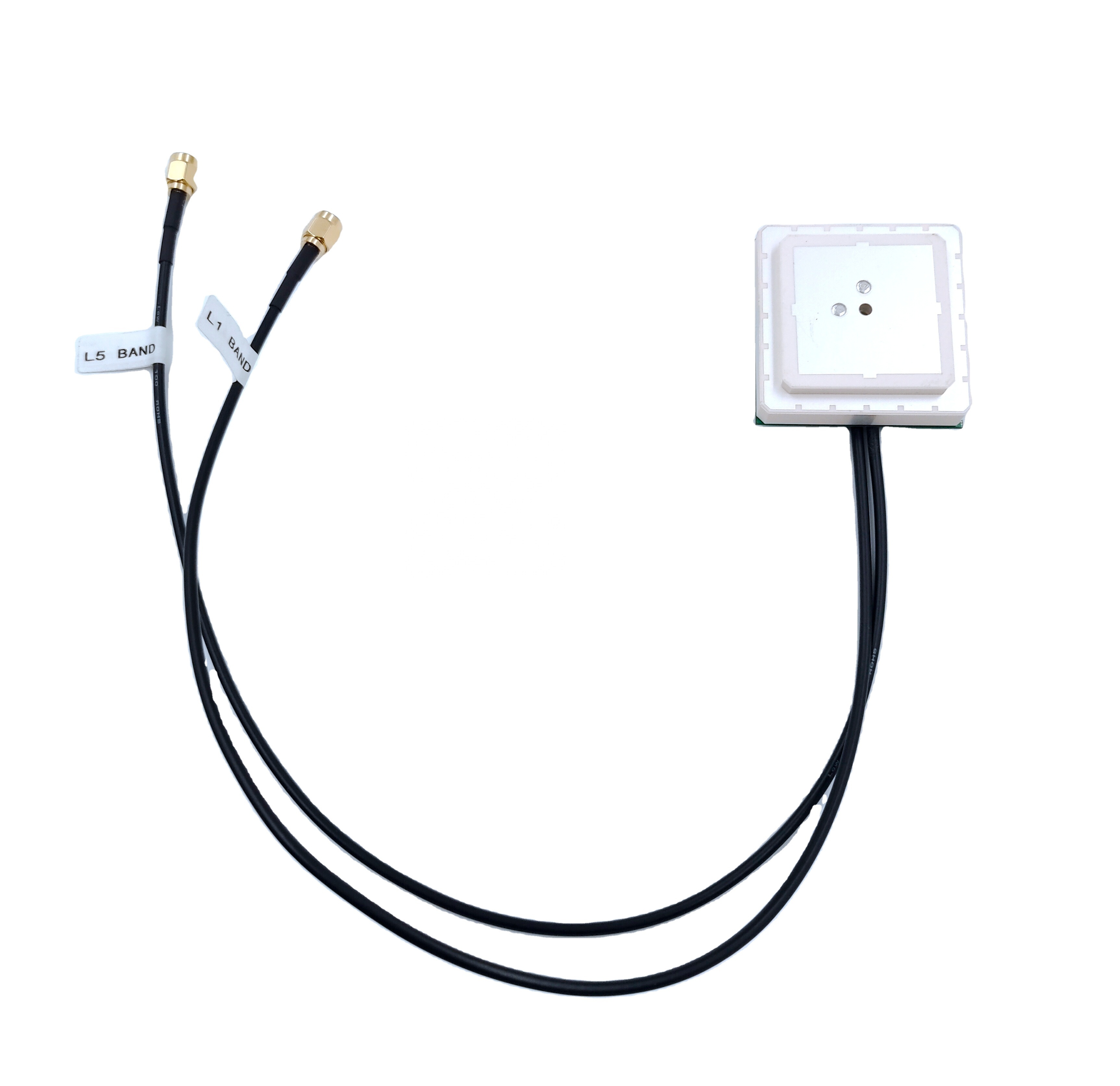The compact GPS GLONASS 4G ceramic chip antenna module is enabling transformative applications across a wide range of industries, driven by the growing demand for small, intelligent, and always-connected devices that can report both location and data in real time.
One of the most prominent applications is in asset tracking and logistics. Companies use smart tags and trackers embedded with these modules to monitor the real-time location of shipping containers, pallets, vehicles, and high-value equipment. The combination of GPS/GLONASS ensures precise outdoor positioning, while 4G connectivity allows continuous data transmission over cellular networks—even in remote areas without WiFi. This enables supply chain visibility, theft prevention, and route optimization.
In the automotive and telematics sector, the module is used in fleet management systems, car black boxes, and usage-based insurance (UBI) devices. These units continuously log vehicle location, speed, and driving behavior, transmitting the data via 4G for analysis and reporting. The compact size allows discreet installation, and the dual GNSS support improves accuracy in urban environments where signal reflection and blockage are common.
Wearables and personal tracking devices also benefit significantly. Smartwatches, children’s safety trackers, elderly medical alert devices, and pet collars use this antenna module to provide location-based services and emergency response features. For instance, a wearable can acquire satellite signals to determine its position and then send an SOS alert with coordinates over 4G—critical in life-threatening situations.
In smart city infrastructure, sensors equipped with these modules monitor parking occupancy, waste bin levels, street lighting status, and environmental conditions. By combining precise geolocation with reliable 4G backhaul, cities can deploy scalable IoT networks that deliver actionable insights for urban planning and resource management.
The industrial IoT (IIoT) leverages this technology for predictive maintenance, equipment monitoring, and worker safety. Sensors on machinery or personnel can transmit operational data and exact location, enabling centralized dashboards for real-time oversight. In construction or mining, heavy equipment fitted with trackers helps prevent unauthorized use and optimizes deployment schedules.
Another emerging application is in agricultural technology (AgriTech). Smart irrigation systems, soil moisture sensors, and autonomous farm robots use GPS/GLONASS for navigation and field mapping, while 4G enables remote configuration and data logging. This supports precision farming practices that improve yield and reduce resource waste.
Looking ahead, several future trends will shape the evolution of these modules. Miniaturization will continue, with advances in low-temperature co-fired ceramic (LTCC) and thin-film technologies enabling even smaller footprints—potentially under 2 mm²—for next-generation wearables and medical implants.
Integration with additional wireless standards is inevitable. Future modules may combine GPS, GLONASS, Galileo, BeiDou, 4G/5G, WiFi, and Bluetooth into a single multi-band solution, creating truly universal connectivity chips for global IoT deployments.
AI-assisted antenna tuning is another frontier. Machine learning algorithms could dynamically adjust matching networks based on environmental feedback, user behavior, or network conditions, optimizing RF performance in real time and compensating for detuning effects.
Moreover, as 5G NR and NB-IoT/LTE-M networks expand, future variants of the module will likely support enhanced low-power wide-area (LPWA) modes, extending battery life for long-duration IoT applications.
Finally, enhanced security and authentication features may be integrated at the hardware level, ensuring that location data cannot be spoofed and communications remain encrypted—critical for defense, finance, and critical infrastructure applications.
In summary, the GPS GLONASS 4G ceramic chip antenna module is not just a component but a foundational enabler of intelligent, location-aware ecosystems. Its role will only grow as the world moves toward ubiquitous connectivity and spatial awareness.
Conclusion
The compact GPS GLONASS 4G ceramic chip antenna module stands as a pivotal innovation in the realm of wireless communication and positioning technology. By seamlessly integrating dual-constellation satellite navigation and broadband cellular connectivity into a miniature, robust package, it addresses the core demands of modern IoT and mobile devices: precision, reliability, miniaturization, and efficiency.
Its design exemplifies the convergence of advanced materials—such as high-permittivity ceramics—and sophisticated electromagnetic engineering, enabling multi-band operation within a footprint small enough to fit on the smallest PCBs. The ability to simultaneously receive weak GNSS signals and handle high-speed 4G data transmission makes it indispensable for applications ranging from asset tracking and telematics to wearables and smart infrastructure.
While challenges such as interference management, bandwidth limitations, and ground plane sensitivity require careful system-level design, ongoing advancements in filtering, simulation tools, and manufacturing processes are steadily overcoming these hurdles. The result is a highly reliable, thermally stable, and mass-producible component that accelerates product development and enhances end-user experience.
As global connectivity deepens and the demand for real-time location intelligence grows, the role of integrated antennas like this will become increasingly central. Future developments will likely bring even greater integration, supporting more frequency bands, lower power consumption, and smarter adaptive tuning.
In essence, the compact GPS GLONASS 4G ceramic chip antenna module is more than a technical achievement—it is a key enabler of a connected, intelligent, and spatially aware world. It bridges the physical and digital realms, allowing devices to know not only what they are doing, but where they are doing it—powering the next generation of smart, responsive, and autonomous systems.




































































 Language
Language
 En
En Cn
Cn Korean
Korean

 Home >
Home > 







 18665803017 (Macro)
18665803017 (Macro)













